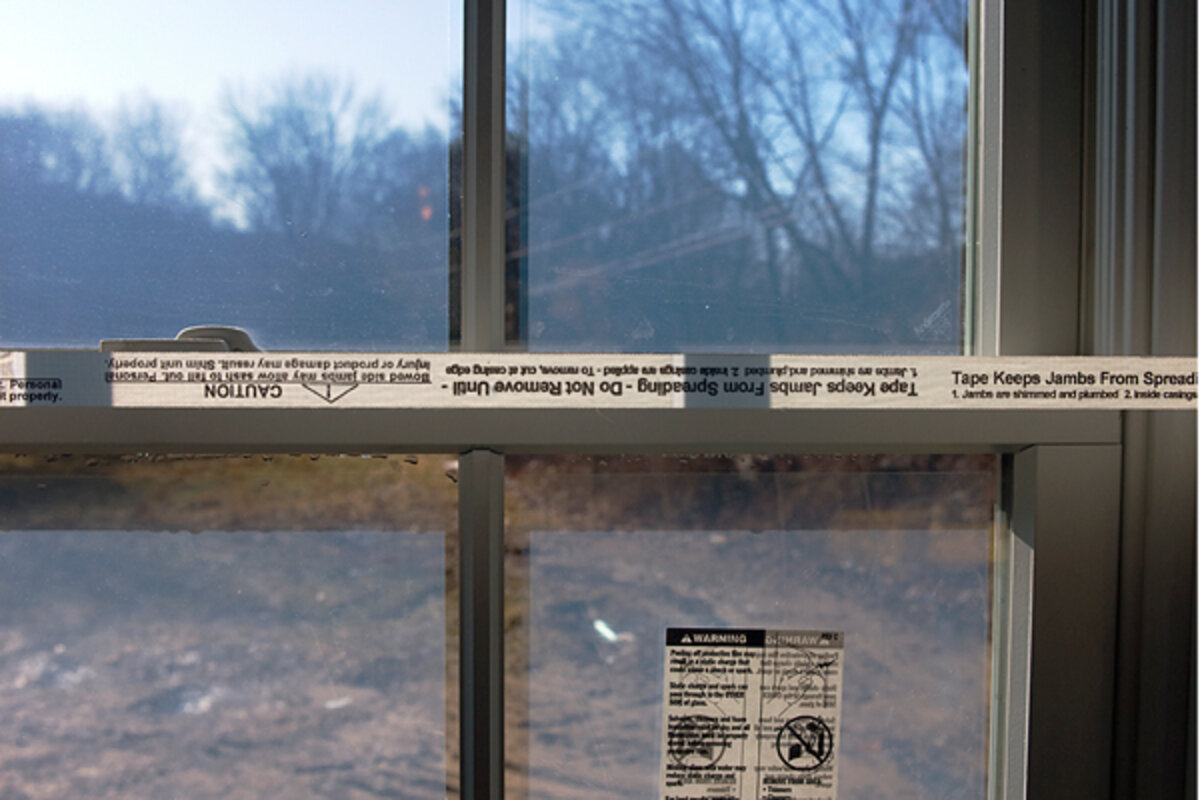How to avoid problems with home insulation
Loading...
There can be too much of a good thing, insulation included.
In my last few blog posts [click here for the most recent one], I’ve sung insulation's praises as the easiest, least expensive way to green up a house – and save money on heating and cooling.
I’ve also touted , which is designed to get more people living in better insulated homes.
But several readers mentioned that going overboard with insulation and sealing a house can cause serious problems – from moisture buildup and mold to polluted indoor air.
It’s vital when upgrading your insulation to get just the right amount and to ensure that it’s properly installed. You also have to make sure you have plenty of air circulation, and, in some cases, that means you may need to install a mechanical air exchanger to ensure that the house can still breath.
At , our experiment with green renovation, we plan on using an open-cell spray foam insulation called . It provides thermal protection and acts as a sealant to keep air – damp and otherwise – from seeping into the house.
Air leakage, it turns out, is not only a great way to lose heat in the winter and coolnessl in the summer, but “air leakage accounts for as much as 99% of moisture movement in a structure,” according to the Icynene website.
Moisture can cause mold as well as damage to the building materials, and improperly installed insulation can be the culprit.
What insulation does, essentially, is “change the temperature inside the wall,” according to a Department of Energy . “That can mean that a surface inside the wall, such as the sheathing underneath your siding, will be much colder in the winter than it was before you insulated. This cold surface could become a place where water vapor traveling through the wall condenses and leads to trouble. The same thing can happen within your attic or under your house.”
If the moisture gets trapped and the insulation gets wet, it lessens its thermal value in addition to creating a potential mold problem. That’s why it’s vital to have vapor barriers, according to the and to ensure they’re facing in the right direction:
• “The vapor barrier on insulation is always installed towards the living space…
• Vapor barriers in attics should only be installed on one side of the insulation. Since some leakage of moisture into the insulation in inevitable (Murphy's Law), you want it to be able to freely escape from the insulation into the attic... not be trapped inside!
• For basement walls, a vapor barrier should be installed on the walls first, before the framing is installed. This common sense step that is often skipped in basement renovations will considerably lessen the migration of moisture through the foundation walls.
It's also vital to ensure that your house is sealed up tight. That means making sure that windows, doors, and any cracks you can find are properly caulked. provides a great “do-it-yourself” guide.
Finally, once the house is sealed up tight, you have to make sure there’s a way to ensure that fresh air can get in. According to the :
Tight houses need mechanical ventilation to ensure a supply of fresh air to keep people healthy; and existing houses should not be tightened without assessing whether the existing combustion appliances have an adequate source of combustion makeup air.
Air to air exchangers are also a way to ensure good indoor air quality.
“Pollutants inside houses, which once escaped through cracks around windows and doors, are now trapped inside creating an indoor environment that is often 2 to 5 times more polluted than outside. Pet dander, mold spores, dust mites, allergens, tobacco smoke and other pollutants add up to poor indoor air quality,” notes the website.
At Sheep Dog, in anticipation of how tightly sealed up the house will be once its completed, we’ve already installed a Fantech HRV air to air exchanger. I understand the need for it, but confess that I do find it a bit odd that to be as green as can be, we need to have a machine to bring in the fresh air. It’s counterintuitive to me. But hey, whoever said the world was logical?
-----
Follow us on and .
blogs twice a week about her green and budget-friendly restoration of a 1902 farmhouse in Connecticut. Click here to find all her blog posts and articles.




